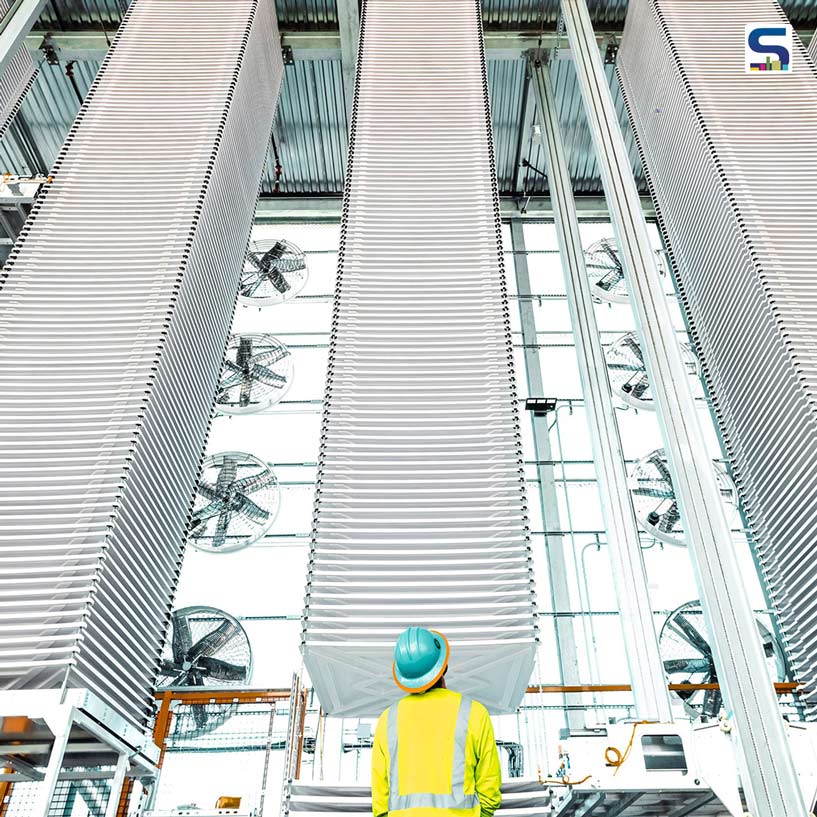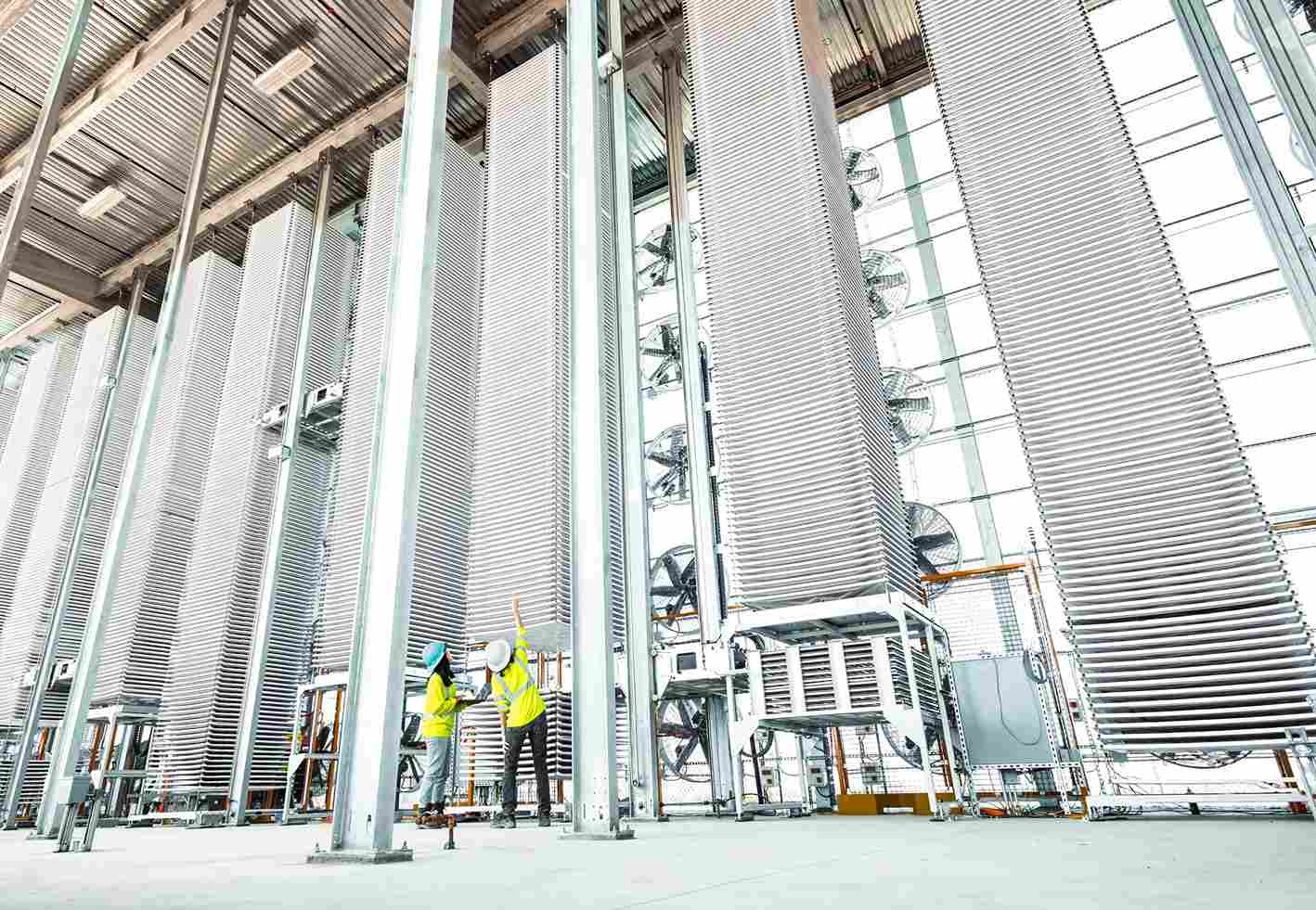
Climate technology firm Heirloom inaugurated the initial commercial Direct Air Capture (DAC) plant in the United States. The facility in Tracy, California, utilizes energy-efficient kilns to employ a limestone filtration process, capturing and permanently storing up to 1,000 tons of CO2 annually. According to Heirloom, the DAC facility is a time machine, and reportedly has the ability to reverse climate change by removing previously emitted carbon dioxide from the atmosphere. Know more about it on SURFACES REPORTER (SR).

Heirloom offers CO2 credits for purchase, allowing companies and government entities to offset their emissions.
The technology’s capacity has evolved from capturing 1kg to 1mn kg (or 1,000 metric tons) of CO2 in just over two years. The DAC plant employs electric kilns from decarbonization technology company Leilac to draw CO2 from the air, subsequently storing it underground or embedding it in concrete. The kilns heat limestone, a substance primarily composed of CO2 and calcium oxide, initiating a cyclical process where the material functions as a sponge, absorbing additional CO2. The extracted CO2 is stored permanently by embedding it into concrete through a partnership with technology company CarbonCure.

The DAC plant employs electric kilns from decarbonization technology company Leilac to draw CO2 from the air, subsequently storing it underground or embedding it in concrete.
Additionally, Heirloom offers CO2 credits for purchase, allowing companies and government entities to offset their emissions. Notable entities like Stripe, Shopify, Klarna and Microsoft are reportedly catalytic buyers of Heirloom’s credits, with Microsoft committing to purchasing up to 315,000 metric tons of CO2 removal from Heirloom over a 10+ year period. The concrete storage process ensures long-term CO2 sequestration, even if the concrete is eventually demolished.
Image credit: Heirloom